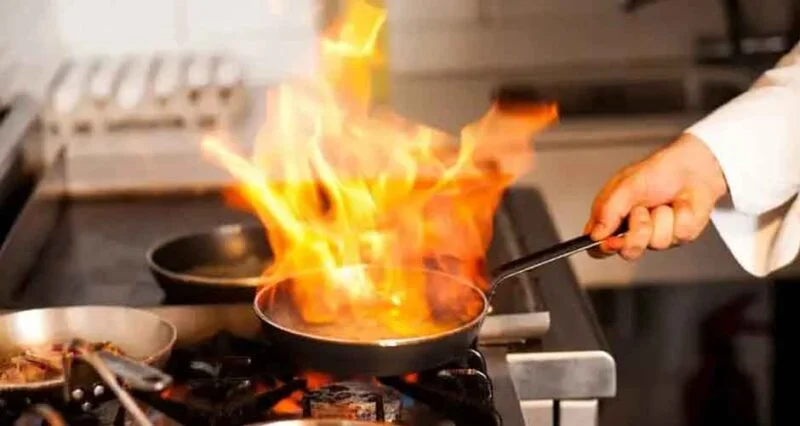
Everyone loves a hearty, home-cooked meal, so there’s nothing worse than realizing that your home’s most vital room is inaccessible due to forces beyond your control. Whether it’s a leaky pipe, a malfunctioning dishwasher, or a terrifying pest infestation, there’s a lot that could go wrong in your kitchen, making it all the more important that you know what to do before disaster strikes. These are some of the most common issues that arise in kitchens – and how to lessen their effect.
Clogged Pipes
The water-using appliances in your kitchen are some of the greatest troublemakers for the average homeowner, particularly pipes and hoses. Sink drains may be overloaded with small materials that get washed down while rinsing dishes, such as pasta or rice, which gets compacted into a nefarious lump of goo that clogs the pipe. There may be foul odors or backups in the sink that can lead to water damage throughout the kitchen.
If you find that you’re having trouble with slow drains and bad smells, you may want to consider hydrojetting, which shoots a high-pressure jet of water down the drain in order to blast away any blockages and ensure that your pipes are totally clean. Another benefit is that because hydrojetting only uses water, it is environmentally friendly and safe for your family – no need to keep dangerous drain cleaners in the home.
Cabinet Damage
Your cabinets are workhorses, storing cans, pans, and plates so that you have a neat and orderly kitchen. Unfortunately, they can also be broken in numerous ways, particularly with water damage.
The average wall-hung cabinet can carry a maximum load of 600 pounds, though most manufacturers will only grade their cabinets up to 500 pounds as a safety precaution. Regardless, it’s highly unlikely that you will overload your cabinets and send them crashing to the floor, unless there is a structural issue that is softening the cabinet or the wall. This usually means that there has been some form of water damage that has leaked under, into, and behind cabinets, threatening their structural integrity.
It’s important that you know what to do if water gets under cabinets so that you can act fast and prevent further issues for your kitchen. The key things to think about are removing everything in cabinets, working to dry out the water as much as possible, and then calling a water damage restoration expert who can take further steps to protect your kitchen.
Mold Growth
Even if you don’t have any leaky pipes or significant water damage, you may still suffer from mold growth if you have poor ventilation. The vapor from cooking will condense on walls and ceilings, attracting mold spores that float freely throughout the air. When they settle down, they will begin to develop colonies that will rapidly spread throughout the space. Worse, as their spores are airborne, you may find yourself with mold issues in other areas of the home as well.
One of the best ways to prevent mold in kitchens is to have adequate ventilation, including range hoods and fans. If you are going to be working in the kitchen for an extended period of time and the weather is nice outside, consider opening the windows to help improve airflow and prevent condensation from building up on the walls and ceiling.
Additionally, check the small crevices behind appliances or large equipment on a regular basis to ensure that there are no obvious signs of mold growth.
Pest Infestations
As the weather warms up, so does insect activity – and unfortunately, you may find yourself with a few unwanted guests at the dinner table. Dropped food and other detritus are a great attractant for all manner of creatures, including ants, flies, gnats, waterbugs, and centipedes. If you have water damage as well, this may also attract dangerous insects like termites, who will burrow into the softened wood as their next meal. Outside of insects, you might find yourself with rats or mice, who cause major sanitary issues for any chef.
The best way to prevent pest infestations is to ensure that your home is not attractive to them by keeping surfaces clean, but you can also deter them by sealing up any crevices, no matter how small. For larger holes that may see insect activity, you can place steel wool in the hole before sealing it with caulk, making it difficult for rats to burrow in again.
The kitchen is a place of togetherness and joy, which is why it’s so important to keep it clean and safe for you and your loved ones. Pay close attention to the signs and symptoms of these major issues so that you’re ready to remedy any problem before it becomes a serious obstacle to a good meal.

